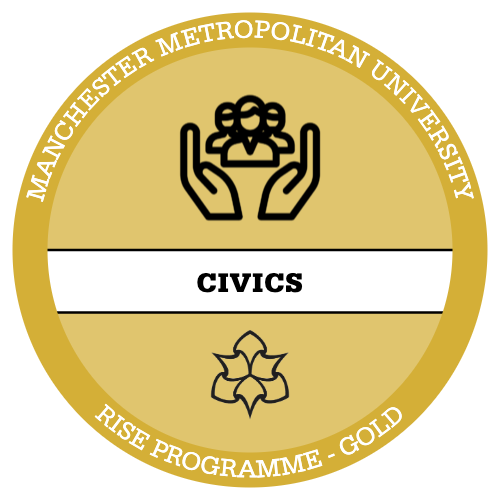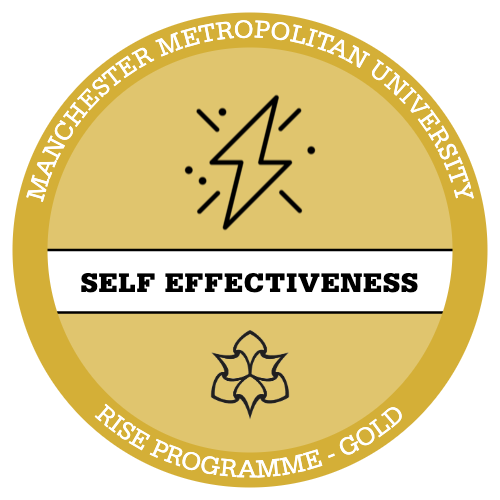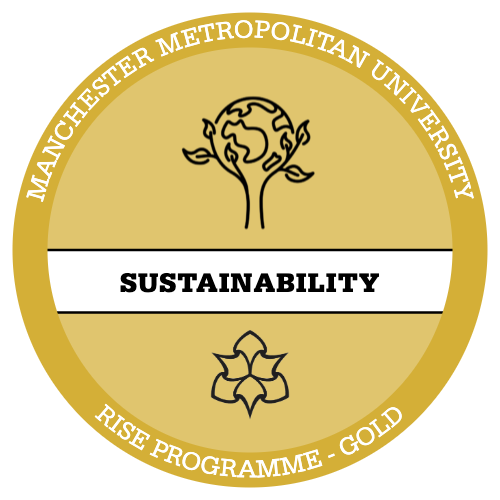Introduce
Children experience the wide range of emotions that adults do, but their brains are still in the process of development so they can’t always make sense of what they are feeling or know how to understand or manage how they feel in the moment. Helping children to express themselves and understand their feelings can develop emotional resilience which allows children to process their emotions in a healthy, positive way.
Emotional resilience is the ability to ‘bounce back’ after challenges (including emotional challenges) setbacks and adversity. The three fundamental building blocks of resilience have been defined by Gilligan (1997) as:
1. A secure base, whereby a child feels a sense of belonging and security
2. Good self-esteem, that is, an internal sense of worth and competence
3. A sense of self-efficacy, that is, a sense of mastery and control, along with an accurate understanding of personal strengths and limitations
The early years of a child’s life can form the foundations of resilience as children face their first encounters with challenge. There are many experiences that children might find challenging such as a change of teacher, moving house, death of a relative or a new sibling joining the family.
Everyday tasks such as learning to read, sharing with a friend or being left at nursery or school can be common emotional and physical challenges for children. You might find some children will easily give up, whereas others are able to keep trying.
It is important to note that fostering resilience in children is not to dismiss valid emotion or insist on positivity. Resilient children have experienced being supported through challenges, their courage and determination acknowledged and the consistent message that it’s always OK to ask for help.
Develop
Building resilience in the early years is particularly important as children are developing a sense of identity, self esteem and confidence. When children overcome challenges, they are able to feel capable and learn coping strategies to manage difficulties. Resilient children still feel anxious, sad, disappointed and angry. However they can look to others for support and manage these feelings in healthy ways.
Emotional resilience is not something we are born with and it doesn’t just happen over night. Children develop emotional resilience within supportive and nurturing relationships and environments.
Select each of the hotspots in the image below to see some ideas of how you might support children to build emotional resilience:
The Resilience Framework
Reflect
Stop and Reflect: Consider your own resilience…
– What strategies have you learnt to cope when things get hard?
– What allows you to ‘bounce back’ when you face adversity?
– How might you support others to become resilient?
Optional
Boyce likens children to two very different types of flowers: orchids and dandelions.
The orchid child shows much greater sensitivity and is highly reactive to the environment they find themselves in. The dandelion children are typically more independent, less sensitive to their surroundings and show greater resilience. Listen to Boyce unpick this further in his TED talk below and consider the implication this insight has when supporting babies and children with their mental health and wellbeing.






